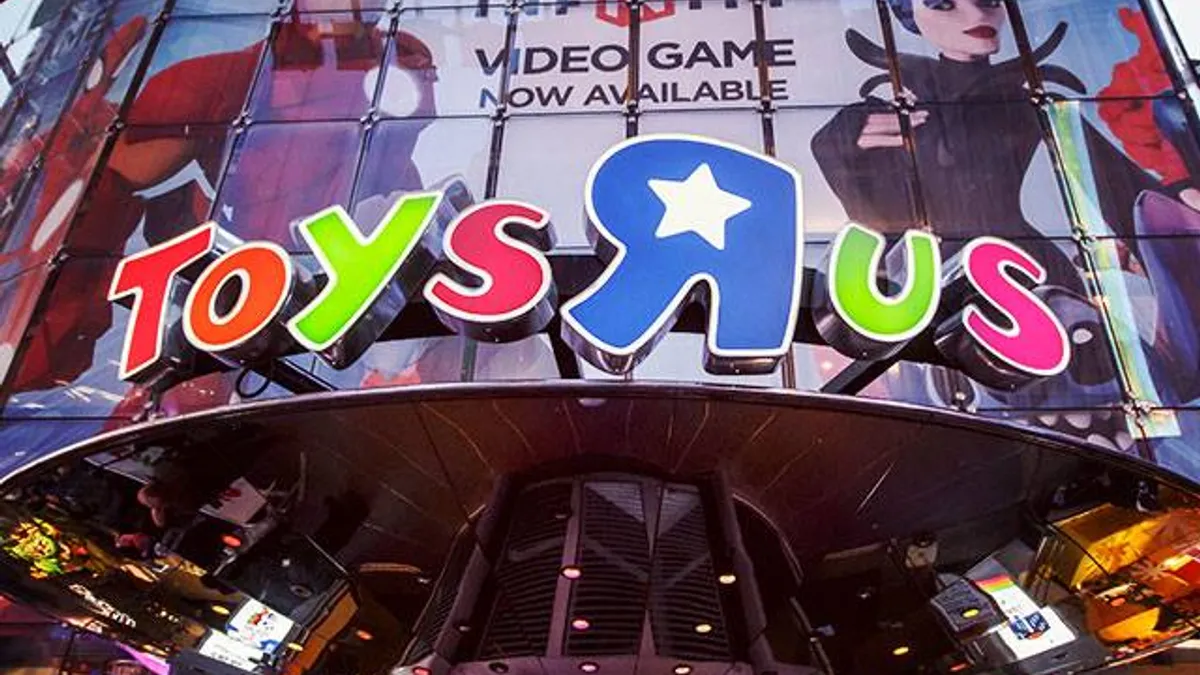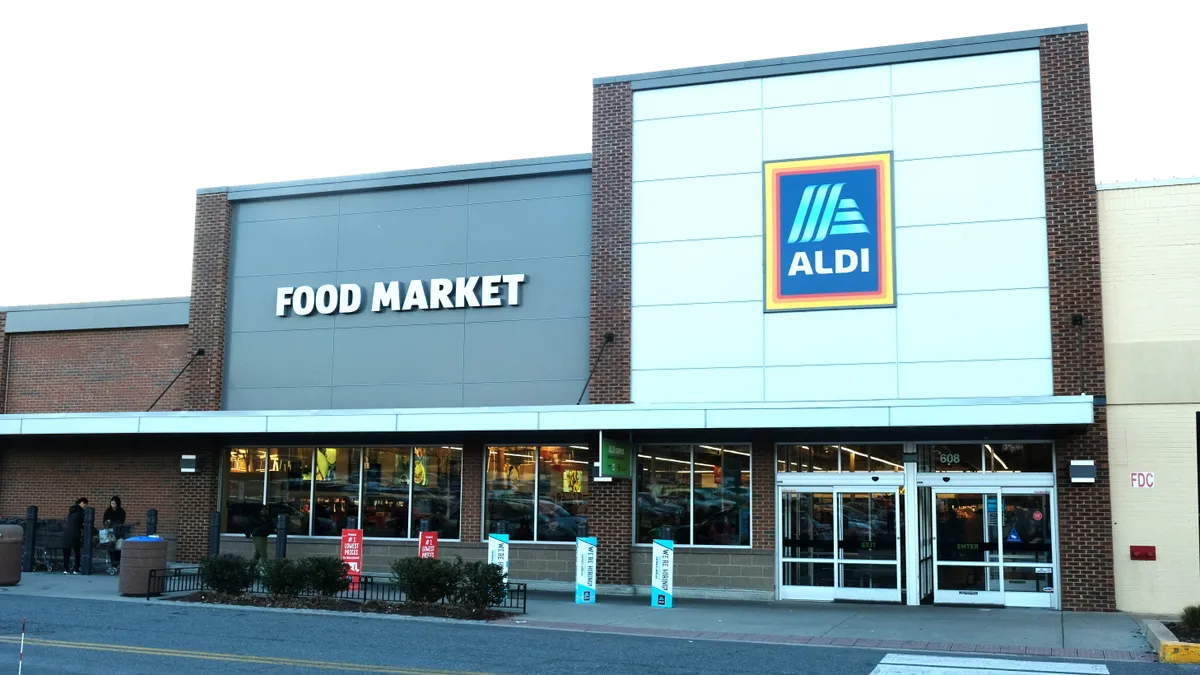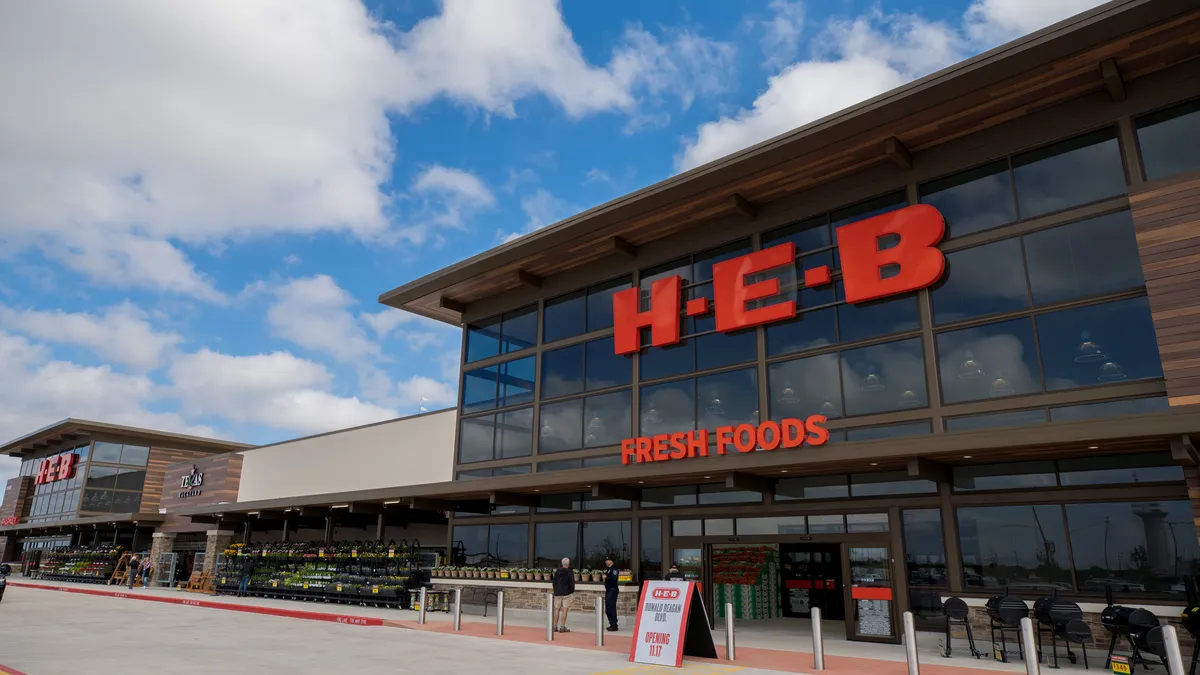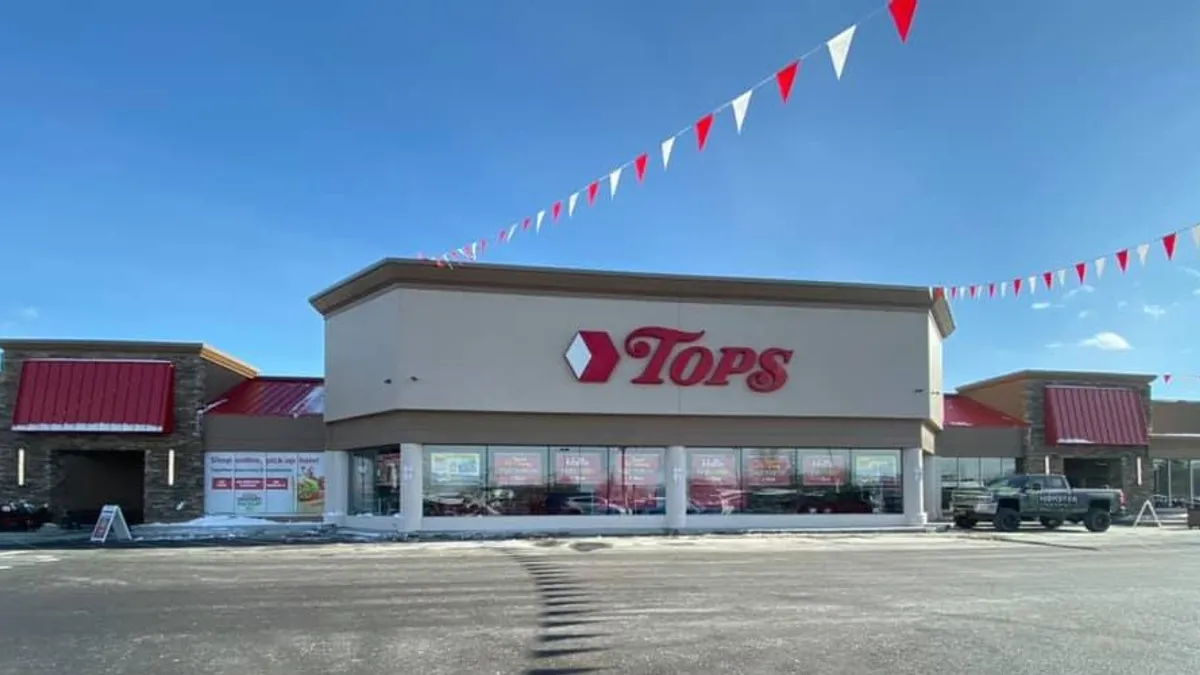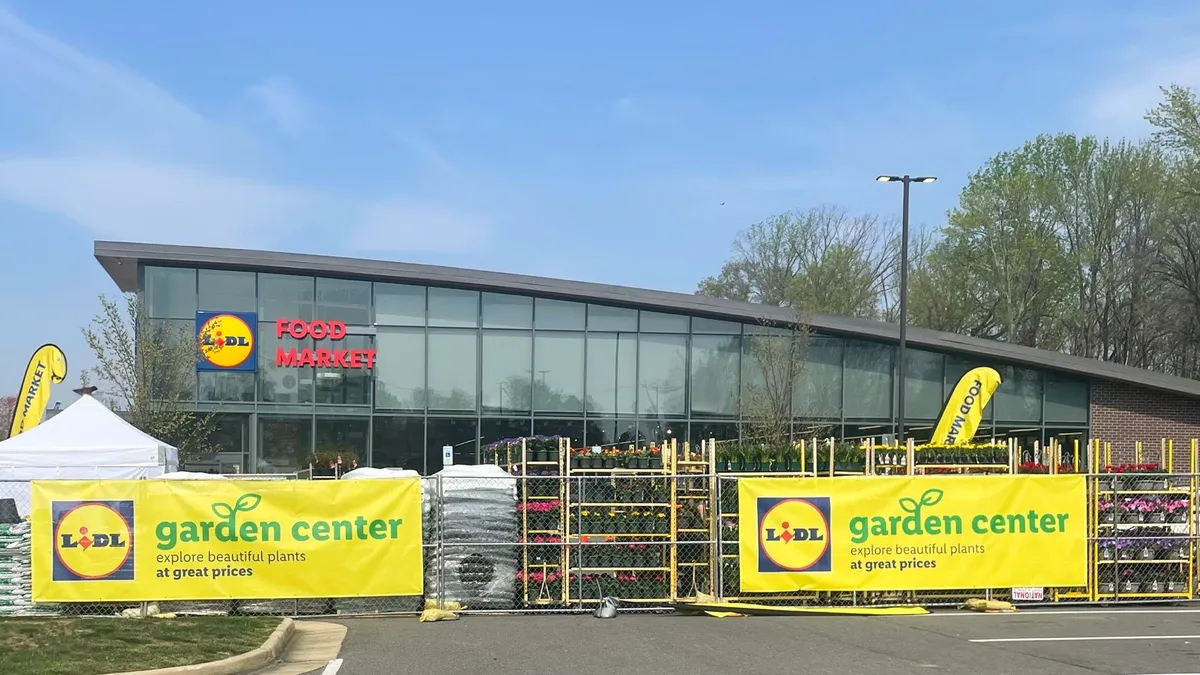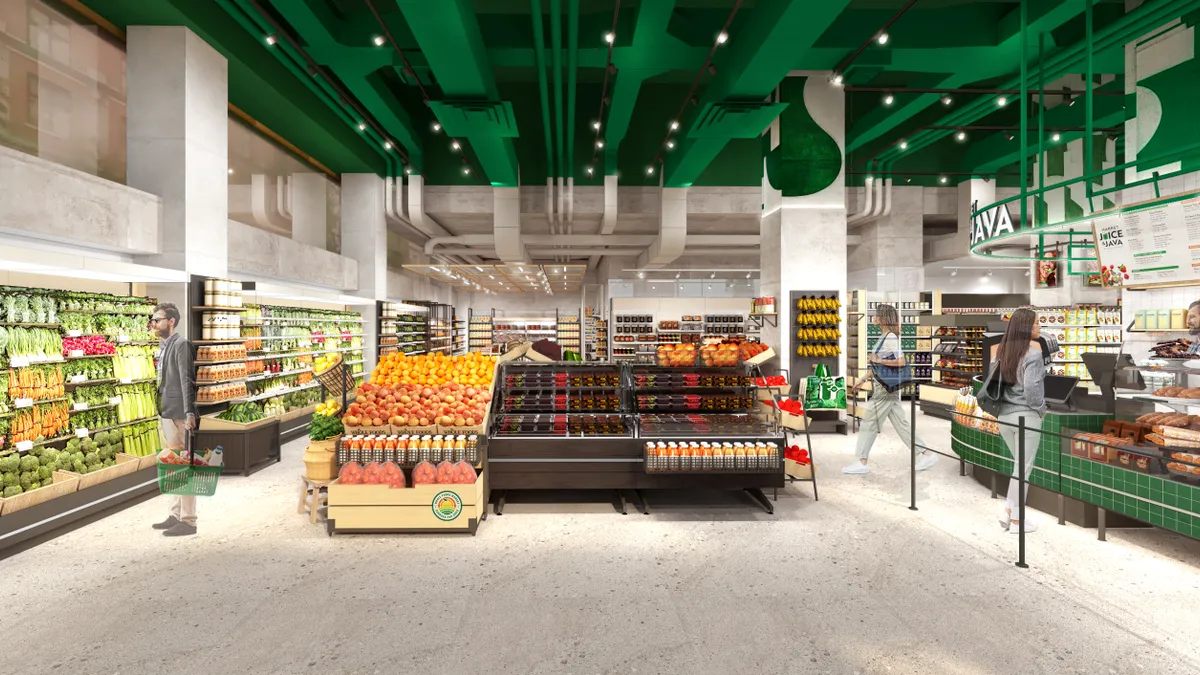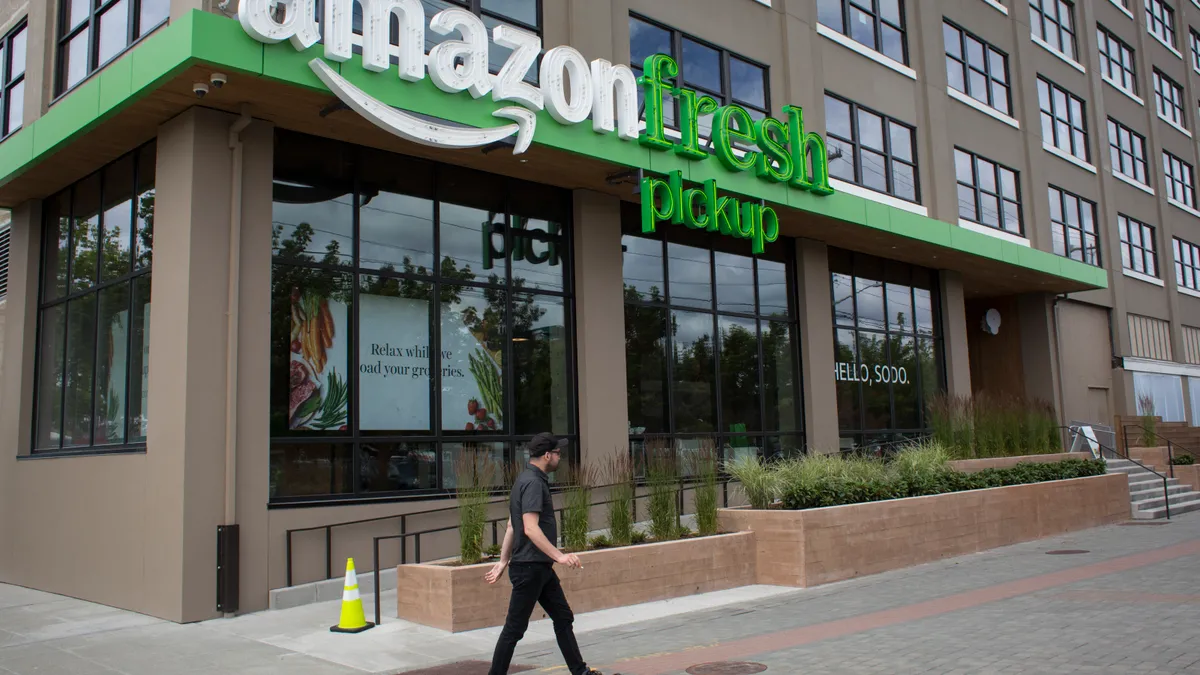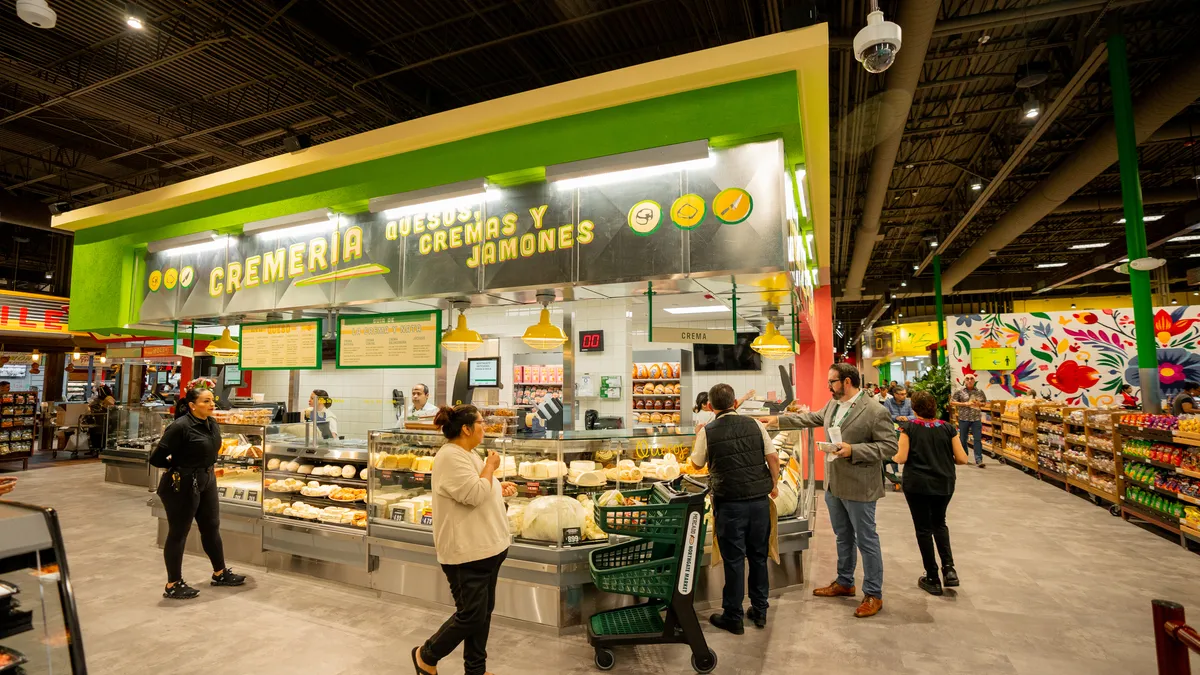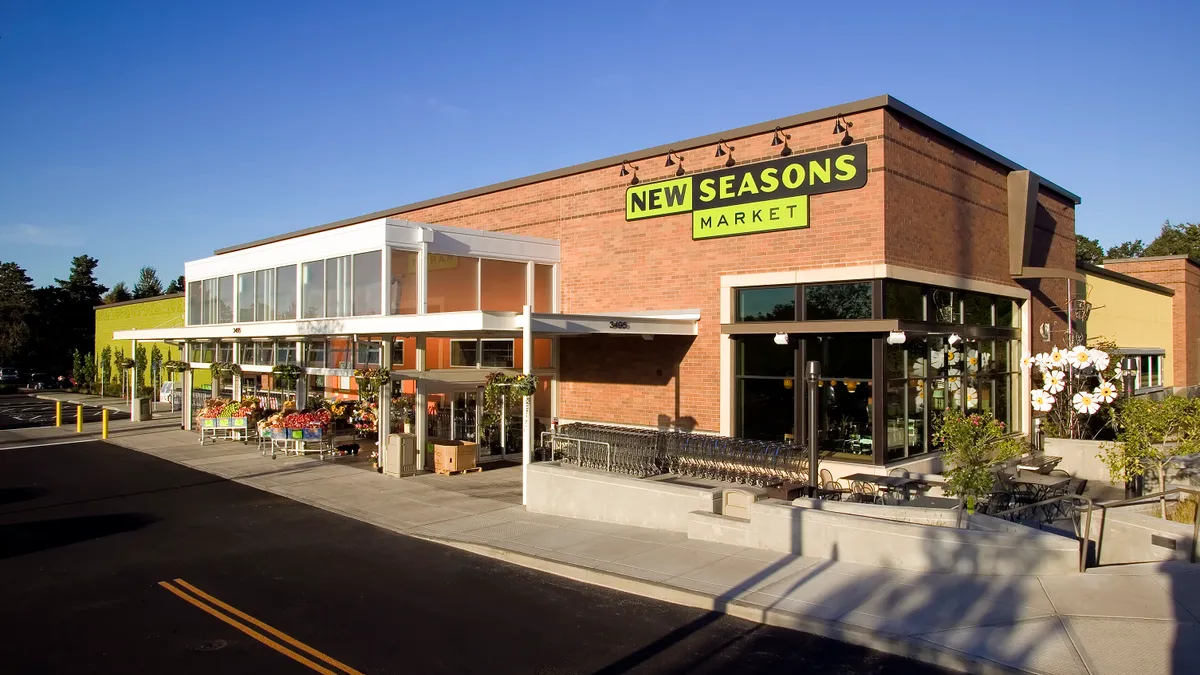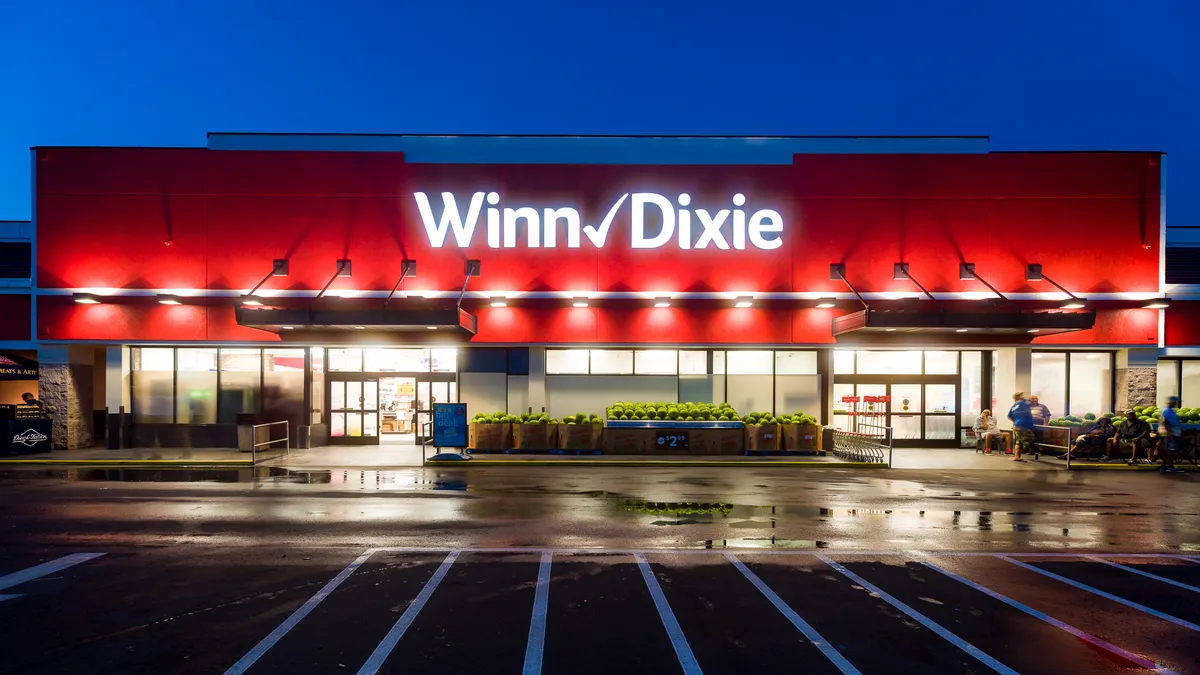Editor's note: The following is a guest post from Tim Hall, CEO of research firm Simporter and former senior vice president at Hasbro.
Sadly for millions of Americans, Toy R Us may soon be a relic of our collective, nostalgic history. The $10 billion company's announcement of its pending liquidation has sent tremors across the toy industry.
The retail giant helped pave the foundation of the toy market as we know it. For decades it was the world's largest toy store. Now, as it shutters potentially more than 700 of its remaining stores, toy and game manufacturers need to pivot and backfill some of the huge crater that looms for their profit-and-loss statements.
What comes next?
The void left by the Toys R Us wind-down will probably result in a large but temporary dip in the industry's domestic sales. The reason: history tells us so.
Consider what happened in the electronics industry about a decade ago. There was a hat trick of liquidations for CompUSA, PC Club and Circuit City within a two-year period. But this did not lead to any extended plunge for the consumer electronics sector. Instead, the traffic merely shifted toward Amazon, Best Buy and Walmart.
The same conditions are likely to repeat with Toys R Us — there may be a sizeable dip in the sector, but at the end of the day people will buy toys no matter what. About 73.8 million babies will be born in the US this year, and the birth rate is ticking up by about 100,000 more babies annually for the foreseeable future. So the immediate question is: Where will Toys R Us' share of the market go?
Many headlines claim that the majority of traffic will shift toward Amazon. It's an obvious but incomplete answer. Other sources argue that Walmart and Target will reap a greater share of the pie. Target has recently expanded the number of runs it provides for toys and games during the off-season, for instance.
However, the big picture for mass retail shows that these retailers probably will pick up a piece of the Toys R Us jump ball in proportion to their current share of the market, with plenty of other business to go elsewhere.
"When kids are shopping with parents, spontaneous toy buys frequently occur as a result of what we can call, for brevity, bribery and nagging."

Neither Walmart nor Target plans to build many new stores in the U.S., so there's no expectation of any big increase in foot traffic, especially with slower-growing same-store sales. Meanwhile, their major initiatives include grocery, home delivery, driving more revenue with their respective e-commerce businesses and, in the case of Walmart, fixing the Jet.com business.
So while every toy manufacturer will have a core strategy to increase their business at Amazon, Walmart and Target, savvy toymakers would do well to bring laser focus to the grocery channel. When you consider that there are more than 38,000 supermarkets in the US, it's important to take the channel opportunity seriously.
A perfect channel for impulse buys
Notwithstanding the emerging trend of home delivery, it's still fair to say that virtually every household visits a supermarket at least once a week. And for households with children, many parents take their kids along for the ride.
For toy manufacturers, the impulse buy is a thing of beauty. When kids are shopping with parents, spontaneous toy buys frequently occur as a result of what we can call, for brevity, bribery and nagging. This condition happens far less often with e-commerce environments like Amazon, Instacart or other delivery services.
Online, a parent can usually get through the shopping cart without toys added. The Toy Association of America conducted a study in 2013 which showed that four in 10 parents admitted to making impulse buys in stores when their child pleaded or nagged for some toy. From research, we know that self-reported figures like these are usually understated.
Picture this: A mother is shopping at the grocery store with her child in tow. When trying to locate a box of breakfast cereal, they walk through an aisle with toys on display pegs, or "merchandised" to use industry parlance. The child sees a toy that he wants and asks his mother to buy it — and in the cart it goes. The amount of negotiation between parent and child will vary between households and the specific occasion of the interaction, but we are all familiar with this event and probably participated ourselves as parent and/or child.
"The price of peace in the grocery cart is more than a box of cereal but less than a quality cut of steak."

Toy manufacturers with relevant brands can readily take advantage of the potential for greater impulse buys by getting distribution of products in the supermarket channel that feature lower price points, from about $3.99 to $9.99 MSRPs (manufacturer's suggested retail prices). Manufacturers often refer to these as "indulge" price points, while we've heard a few northern toy makers call it "shut up" pricing. The price of peace in the grocery cart is more than a box of cereal but less than a quality cut of steak.
Additional tactics for the grocery channel are identical to mass. For example, "Try-Me" packaging is particularly effective for goods with electronic sound effects or motion to show off. Also, because the share of the shelf dedicated to hooks or "pegs" is significantly less than that which discounters or Toys R Us provides, it's critical to ensure packaging is optimized for sitting on a shelf.
If you have assortments where consumers are likely to paw through one SKU to choose another, keep a close eye on the potential for your packages to topple easily and counteract that with smart structural designs.
Getting products in the right places
Placement in the store of course is up to the buyers, divisional managers and, in many cases, an entire team of shelf analysts. Like every retailer, some space is at an unimaginable premium and stock-outs can have a horrifying financial impact.
The supermarket channel is heavy on stocking fees, supplier rebates, merchandising allowances, volume discounts and more. But as you navigate all this, remember that placement in the store does not need to be relegated to some small section between, say, miscellaneous cleaning products and stationery. Build a compelling story and conduct research to recommend outlier areas to stock your goods.
For example, many sales teams excel at making the pitch that their product offers an incremental "associative sales" opportunity. Often shoppers don't remember that they need a complimentary product associated with the specific product they entered the aisle to find, but when they see it they make the connection. In the diaper aisle, a typical associative item would be baby lotion. Where sunscreen is merchandised, a display of pool toys makes sense.
Can your marketing team build a story that some of your products are associative sales opportunities for the diaper aisle? The breakfast aisle? Spend some time walking the stores to brainstorm opportunities where you could make that case. Work with research providers to uncover supporting evidence. Retail buyers, who tend to rely on data more than verbal assurances, usually welcome quantitative research that bolsters your pitch.
De-risk it
Getting onto grocery shelves could also mean shifting more risk onto your shoulders.
The obvious way this is done is with a guaranteed sales program. This really means "guaranteed returns." Basically you agree that if your product doesn't fully sell-through to shoppers by a certain date, then your company will take it back. This can be a very tough pill to swallow, however. Many companies will instead de-risk only a certain portion of the units, setting what they call a "hurdle."
For example, you can put language in the agreement setting forth that if some minimum quantity of goods do not sell-through by some date — say 70 percent of the initial load-in within eight weeks — then the retailer can send it all back. This is a bit of a minefield because supermarket chains, like mass, usually charge you shipping and handling fees for the privilege of sending back your inventory.
"Without the toy seller, analysts and manufacturers are lamenting the loss of space to test new products, brands and even new companies."

Also under GAAP, your accounting team cannot book the transaction as revenue until you clear the hurdle stipulations. With high margin, high velocity products, however, a manufacturer can be in position to absorb all this risk and still make a good profit.
De-risk with displays
Another tactic for the grocery channel is to de-risk a toy product line by testing it first as an in-and-out program. Here there are many opportunities for toy makers to offer short-term displays that may stay up for 4 to 8 weeks. These could be things like spinner racks, prepacks or pre-assembled shippers that go on the floor. The temporality and portability of short-term display racks allows grocery stores to quickly test a variety of product lines, without risking shelf space and the opportunity cost of dedicating such space to a product that may not sell.
Supermarket displays like this could help partially offset one of the big negative consequences for the industry resulting from Toys R Us' liquidation: The retailer served as a terrific place to test new companies, brands and individual products in the first half of each year.
Nearly all other retailers cut space dedicated to toys during the off-season. Meanwhile, Toys R Us brought in new goods and refreshed their shelves and floor displays. Without the toy seller, analysts and manufacturers are lamenting the loss of space to test new products, brands and even new companies.
The grocery channel may be the place to get some of that back.


